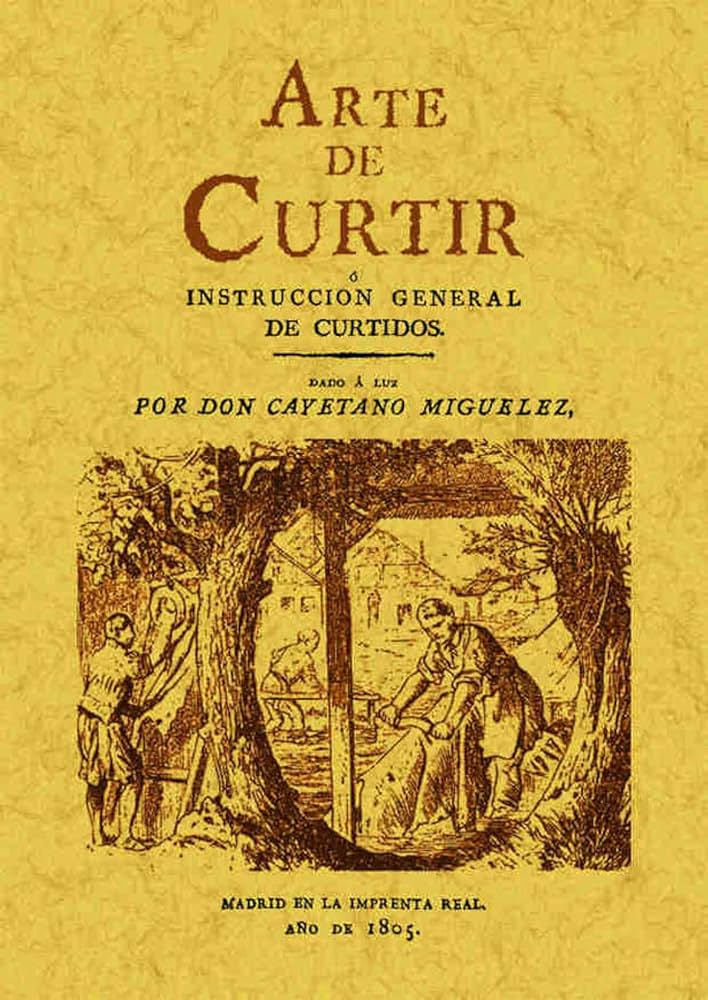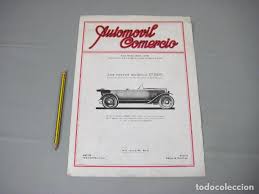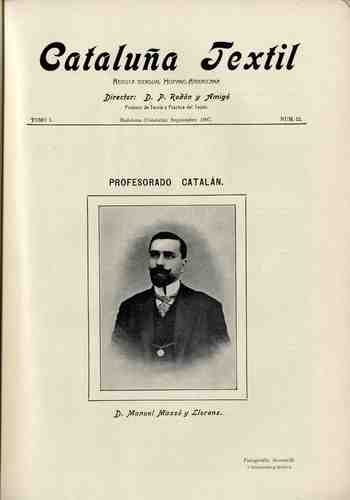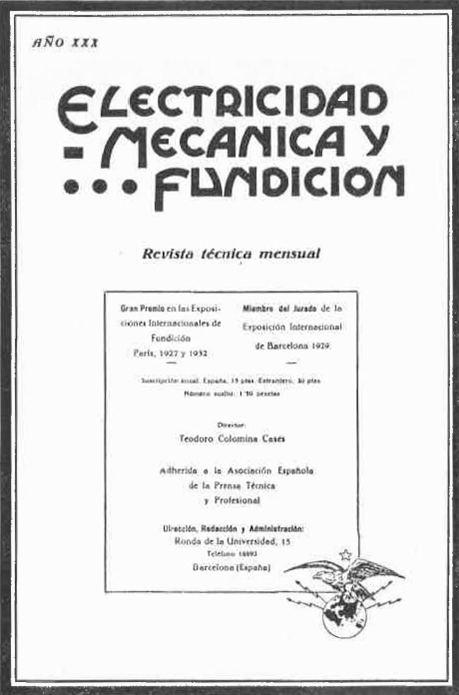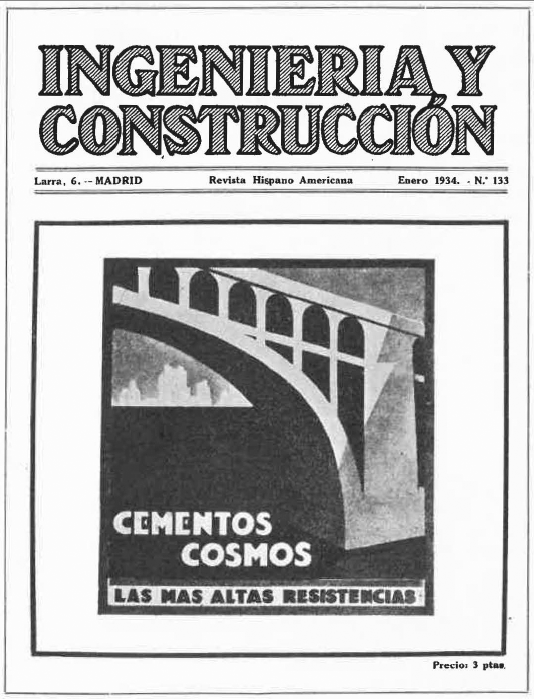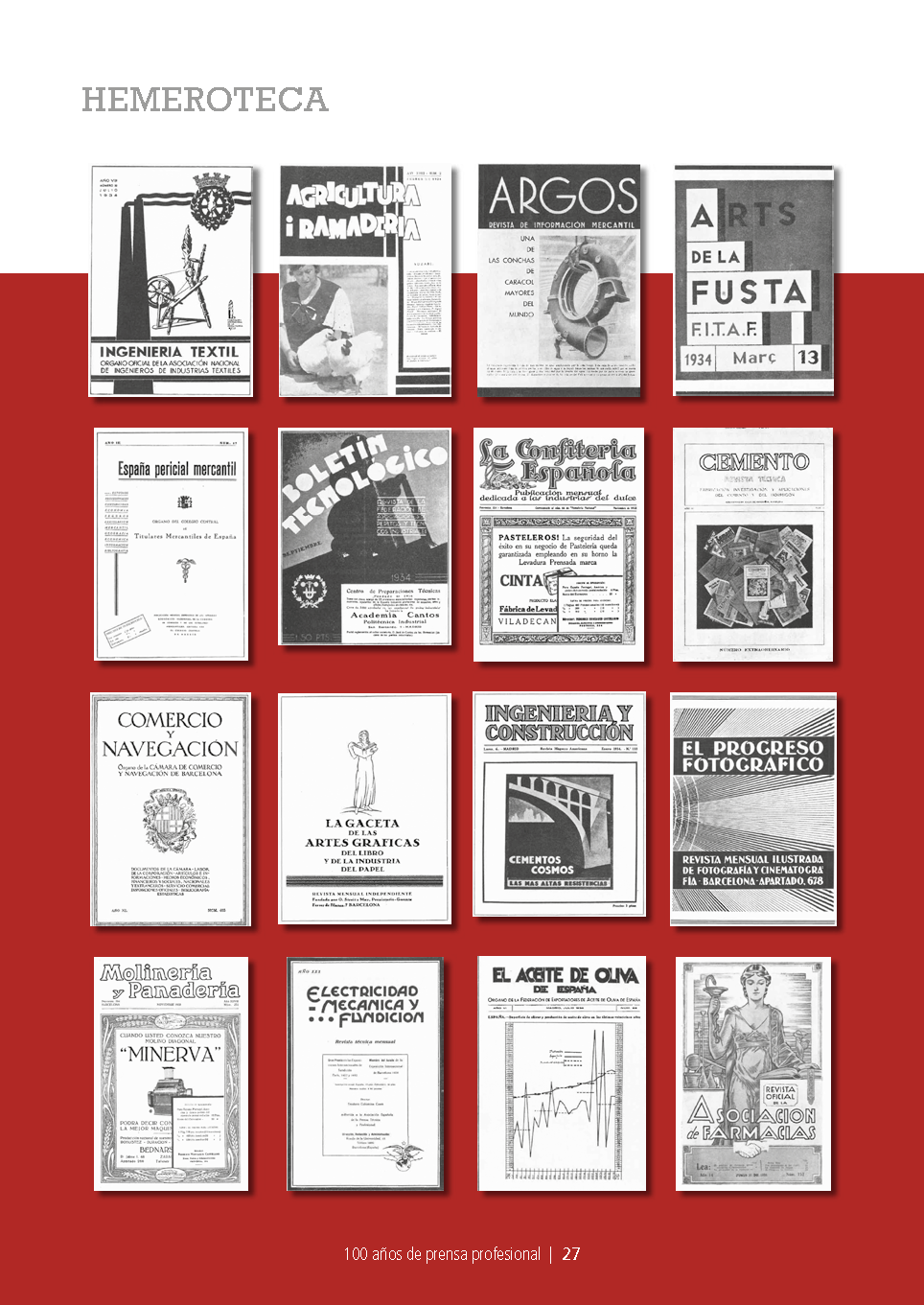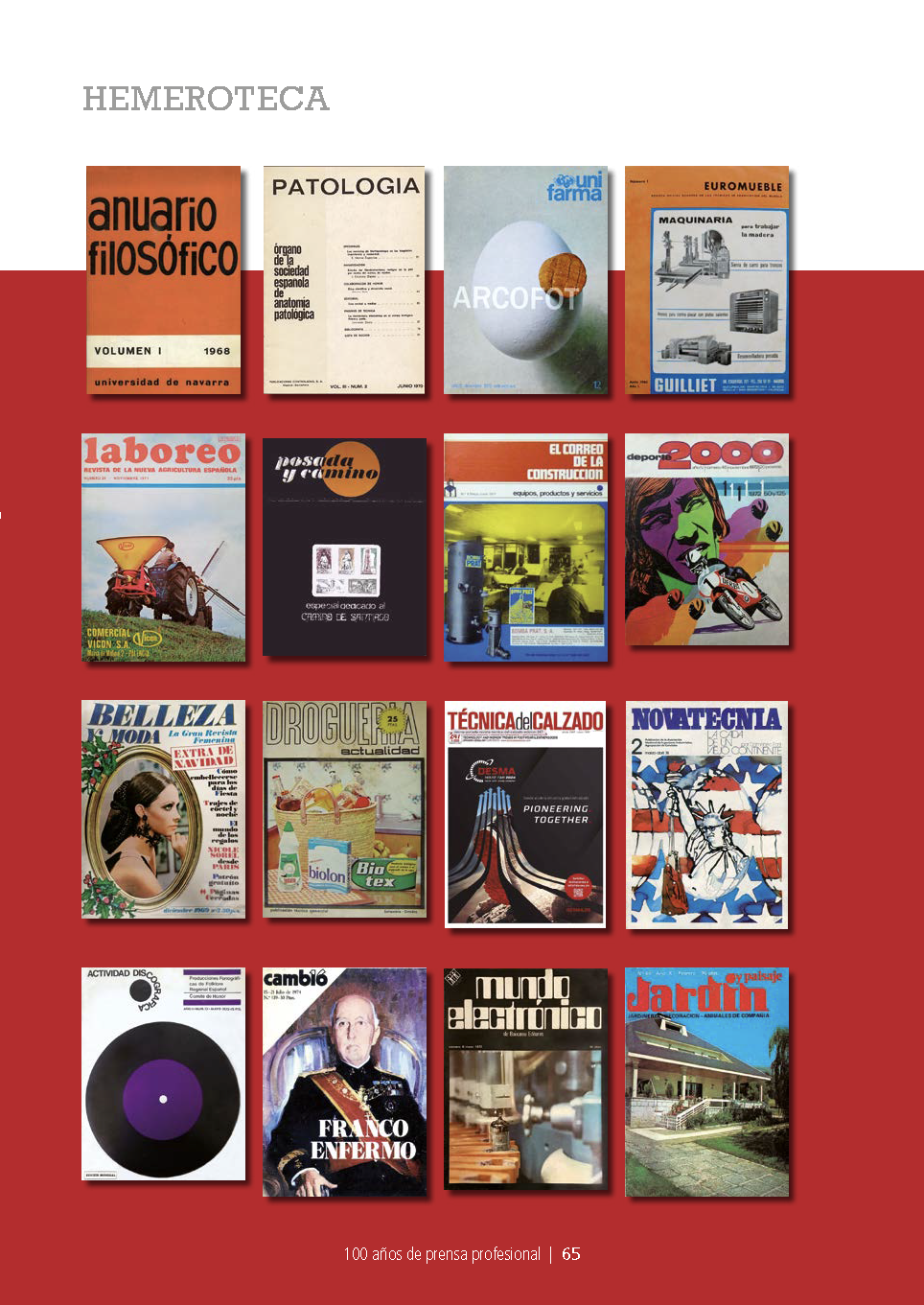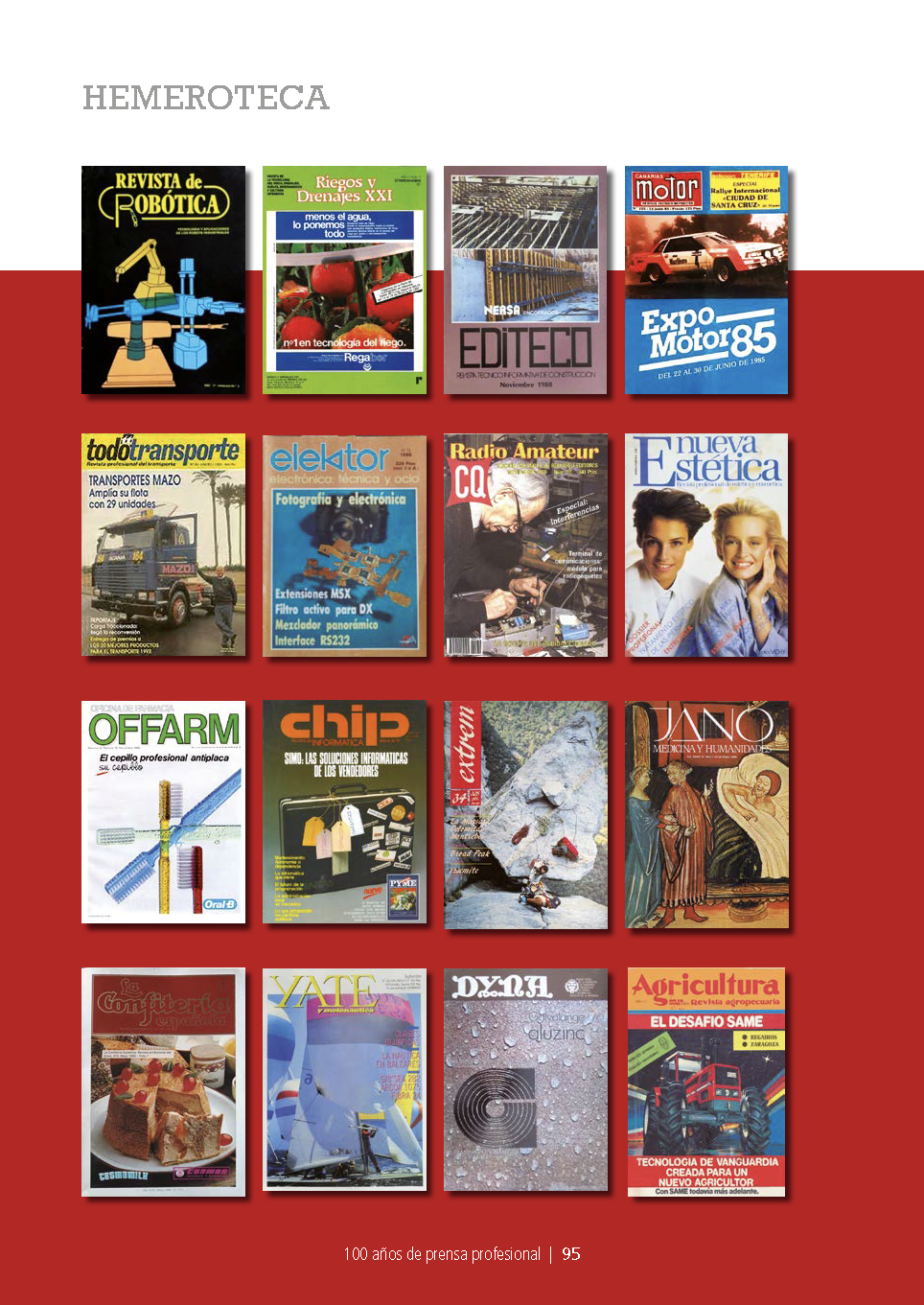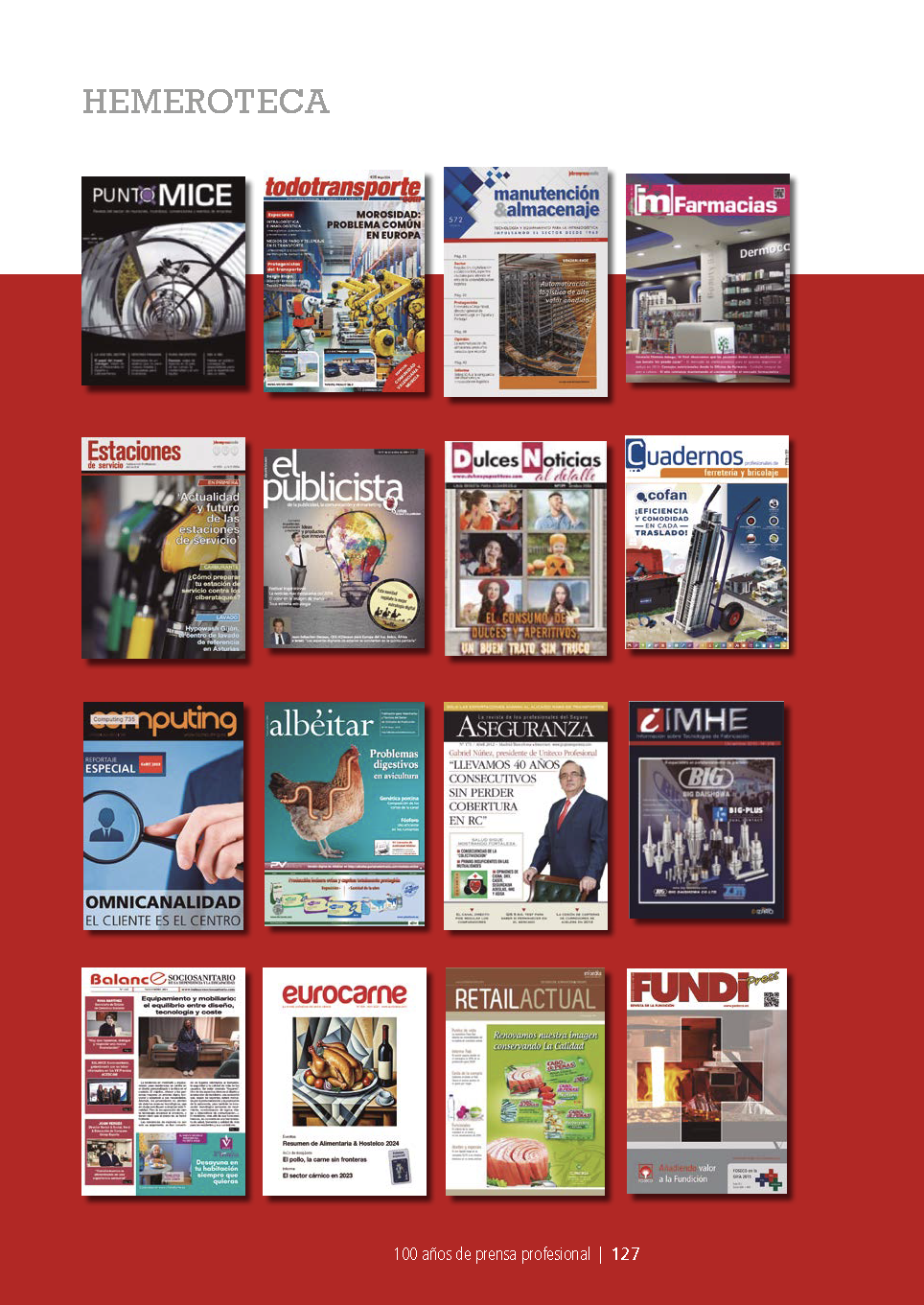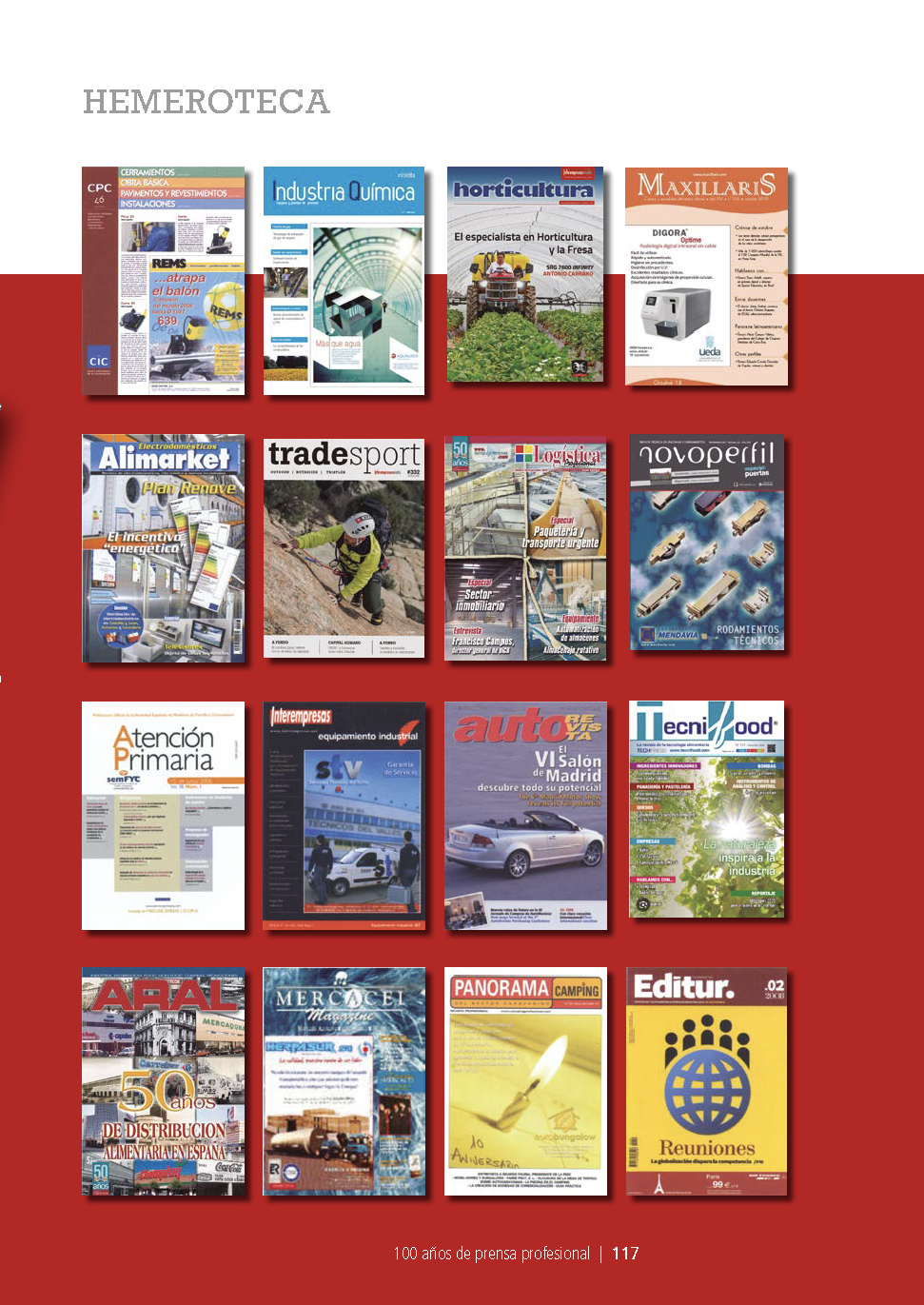FIPP100: A special connection with Coneqtia
FIPP and Coneqtia, the Spanish Press Association for B2B publishers (based in Barcelona), share a special bond. Not only do the two associations champion the media industry but have done so in lockstep for a hundred years.
A focal point for unifying, coordinating and defending common interests in the Spanish media industry since 1925, Coneqtia has members that are present in more than 30 professional sectors, including healthcare, medicine, science, law, electronics, IT, industrial, logistics, transportation, licensing, architecture, tourism, hospitality and security.
As part of our series of centenary celebration interviews with National Associations (NAS) leading up the FIPP World Media Congress – taking place in Madrid from 21-23 October 2025 – we catch up with some of the main figures at Coneqtia to talk about its very special relationship with FIPP and the impact Congress has had across the ages.
“Our collaboration with FIPP over the years reflects the evolution and common challenges of specialised media, which are constantly evolving,” says José Henríquez, President of Coneqtia.
“At Coneqtia, we particularly value this space for international dialogue, which is key to strengthening a shared vision of how our sector can continue to move forward and make an essential contribution to society, in defence of intellectual property, quality information and the sustainability of professional journalism.
“This debate is essential, especially at the present time, when technological developments, and in particular artificial intelligence, are raising new legal, ethical and operational issues that directly affect the creation and distribution of editorial content.”
A history intertwined
When FIPP was founded in Paris in 1925 under the name of the International Federation of the Technical Press (FIPT) – a name reflecting that, until 1953, it grouped together only technical or B2B magazines – seven Spanish technical magazines were part of its creation: Automóvil-Comercio, Cataluña Textil, El Arte de Curtir, Electricidad, Mecánica y Fundición, El Progreso Fotográfico, Ingeniería y Construcción and Técnica.
These publications were also the embryo of the creation, in 1925, of the Spanish Association of Technical Press – currently Coneqtia – under the leadership of Teodoro Colomina, Director of the magazine Electricidad, Mecánica y Fundición, and first president of the Association.
In 1929, Colomina was appointed president of FIPT and Spain took over the responsibility of organising the 5th International FIPT Congress, The Congress was held in Barcelona, Madrid and Seville, coinciding with the 1929 International Exposition in Barcelona and the Ibero-American Exposition in Seville. Representatives from 25 countries took part in the event, with nearly 300 Congress participants.
Cover highlight: Founding publications of Coneqtia and FIPP
Attending Congress, no matter what
The 10th International Congress of FIPT was scheduled to be held in Berlin at the end of 1939, but the outbreak of the Second World War on 1 September prevented the event from taking place. It was not until May 1950 in Paris that the Federation began to resume its activity. At this stage, Colomina took over the vice-presidency of FIPT.
The attendance of the Spanish delegation had to overcome the impediments imposed by General Franco’s dictatorship to leave Spain to explicitly guarantee that the FIPT Congress did not welcome the USSR or countries within its orbit.
Over the years, FIPP and Coneqtia have mirrored the various stages that have revolutionised communication worldwide, from the mechanisation of printing (1925-1950); the Electronic Age (1950s-1980s), which saw the introduction of photocomposition and colour photography; the Digital Awakening (1980-2000), with the advent of personal computers and programmes such as QuarkXPress, Adobe InDesign and Photoshop; and the rise of digitalisation, multichannel and AI (2010-2025).
Throughout that time the FIPP Congress has not only been an opportunity for networking, but also a gateway to the knowledge and innovations that have emerged throughout history.
“In today’s complex information environment, marked by disinformation and content automation, professional media play a more essential role than ever, providing verified information and proven analysis that enables readers to better understand reality and act with discernment,” says Lola Fernández Paniagua, Vice President of Coneqtia.
“In this context, the FIPP Congress provides us with an opportunity to reflect on how we should address technological changes without losing sight of our commitment to our audiences and our guarantee to offer independent, quality content.”
Eduardo García, Honorary President of Coneqtia adds: “Since its inception, the professional press has accompanied economic and social progress, contributing to knowledge in key sectors, and has been able to adapt to technological changes without losing its essence: offering quality content that helps people make informed decisions.
“The FIPP Congress represents an opportunity to put these challenges on the table, highlighting the need for regulatory frameworks that guarantee the protection of copyright against the unauthorised use of our content by AI platforms and ensure the viability of a publishing ecosystem that is essential for the country’s strategic sectors.”


1929 Congress in Madrid, Spain
The changing Spanish landscape
In the early days, Coneqtia brought together some 20 publishers, each of which published one magazine. Although over time some publishers brought out more than one title, there was no significant change until the end of the 1990s and, above all, in the 21st century, when business concentration became very evident.
The reasons for this accumulation of magazines in the hands of a few companies was because of the emergence of foreign multinationals with sufficient financial muscle to create and acquire titles and, on the other hand, the need to have economies of scale to gain efficiency in an increasingly competitive market.
Spanish B2B covers through history. Highlights by decade.
Between 1962 and 1968, the Association took in non-technical consumer magazines that did not have an umbrella association in Spain, which led to a significant increase in the number of titles (165 publishers and 276 magazines in 1975).
The Association of Information Magazines (ARI) was born in 1977, and consumer publications gradually left the Association to join the ARI. At the same time, in 1980s there was a boom in specialist magazines for professionals, which cushioned this outflow of magazines to the ARI.
A major obstacle facing the Spanish media industry arrived in 2008 with the financial crisis affecting all sectors of the economy, including professional journals, some of which disappeared and others who sought refuge in multinationals or larger companies.
The FIPP World Media Congress takes place in Madrid, Spain, from 21-23 October 2025.
This event will bring together media professionals from across the globe for three days of insightful discussions, keynote presentations, workshops, and unparalleled networking opportunities. Whether you’re a seasoned industry leader or a rising innovator, the FIPP Congress promises to be an unforgettable gathering that will shape the future of media. Book now to save your place.


